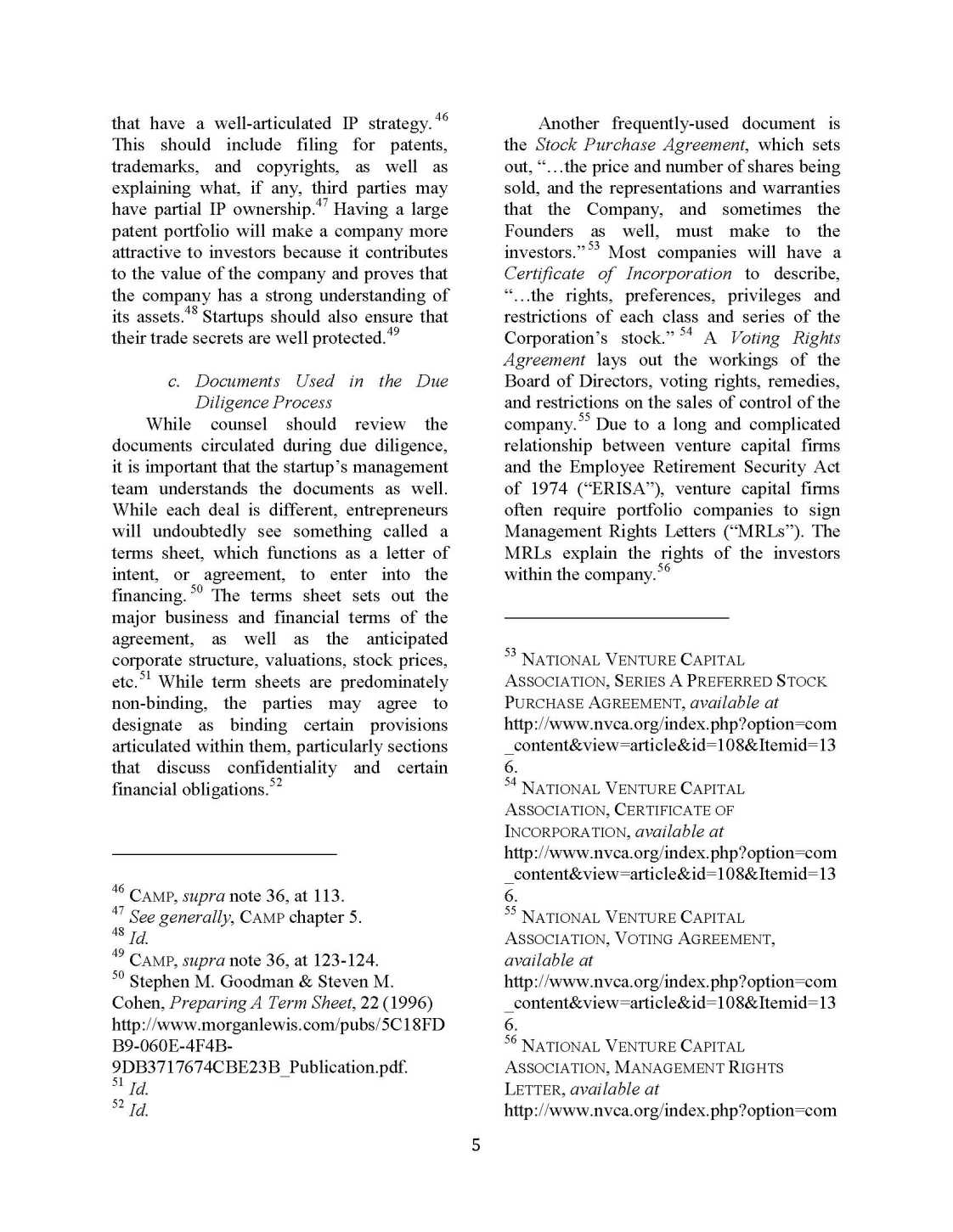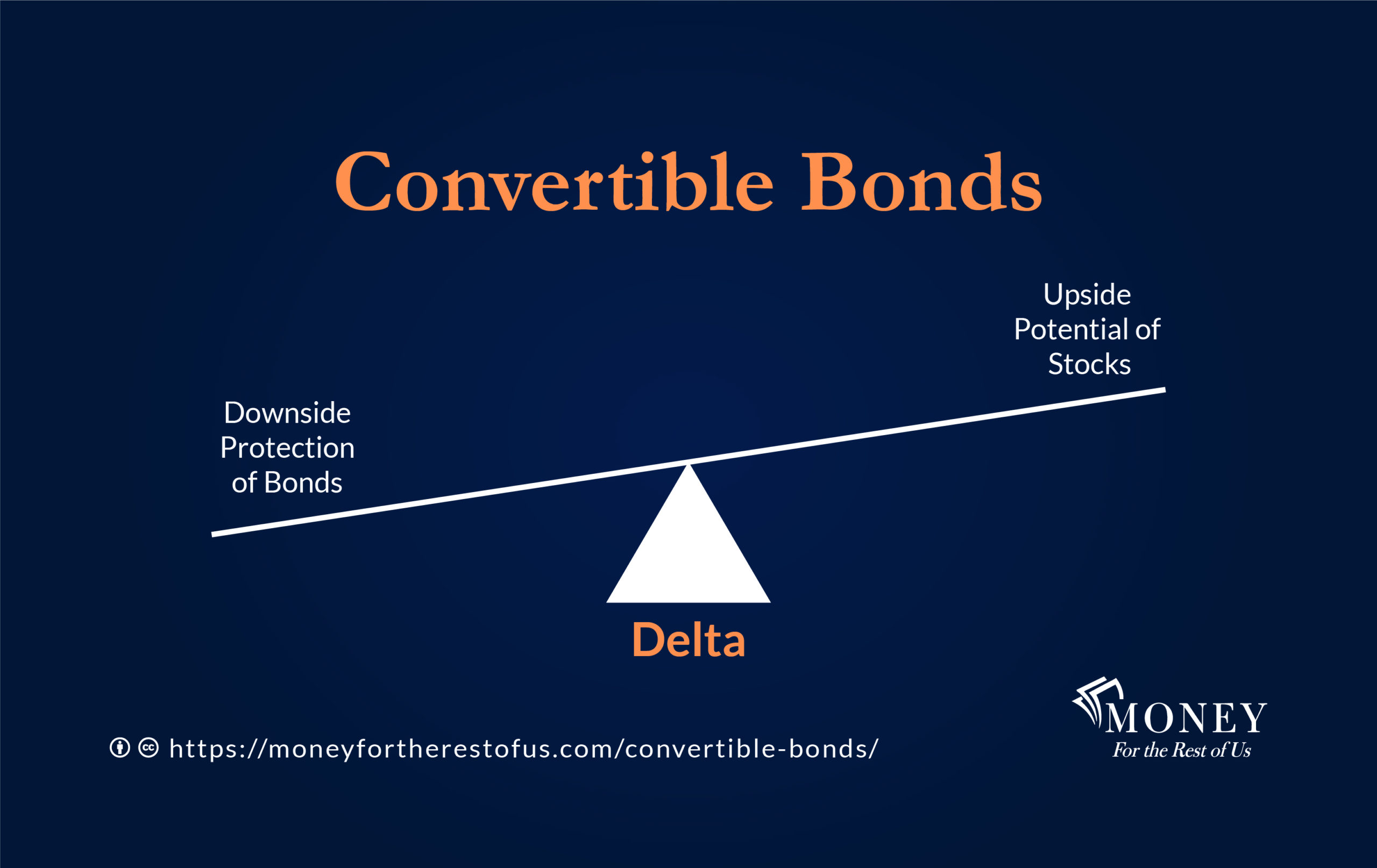
As with any financing structure, you will also negotiate legal fees as part of the term sheet. Once you've reviewed the course, please take our 2 minute feedback survey so we can understand your needs, and refine our content and value proposition.The elements of convertible debt and convertible equity that we list here, including amount and interest, most favored nation clause, the valuation cap, and discount, are all terms that will come up in your term sheet if your company uses one of these financing structures. Now that you properly understand what a convertible note is, drop by the Hub to learn more about some “ key terms & definitions ” to keep in mind, and for a deep dive on “ Conversion Methodology.” This leaves more control rights for the founders. Typically, when they receive shares of stock, investors are granted certain significant control rights, including a board seat and veto rights with respect to certain corporate actions.Ĭonvertible noteholders are rarely granted control rights, and have little power to sway the outcome of their investments. In contrast, you could close a convertible note round in a day or two by issuing a 2-3 page promissory note.Īnother great advantage of issuing convertible notes: you avoid giving holders any control.

It can take weeks to negotiate all the terms and documents - not to mention legal fees. That way, both you (as the entrepreneur) and the VC can skip the risk of incorrect company valuation that could have adverse consequences on later funding rounds.Ĭonvertible notes are speedy, simple and cost-efficient. Then, after a year or two, when your venture grows into a veritable company, with a lot more data points and insights, you will be able to value your startup more rigorously, and will be ready for another round of funding.Īt this stage, the VC firm that had initially lent you $100,000 can obtain it back, in the form of shares in the company. When you issue a $100,000 convertible note to a VC, this amount will act as a loan – for the time being. The mechanism essentially allows issuers to defer valuation negotiations until a future round of equity financing. The solution is to issue a convertible note. In a nutshell, it is often difficult for the founders and the investors to agree on a company valuation, especially at a pre-seed and seed stage, and as a result, on the percentage ownership the investor will receive for a given amount of money.īut at this stage, given your company is mainly comprised of yourself and your idea, how will you be able to value and sell parts of it to investors?įor example, how many shares and what percentage of ownership would you give an investor in exchange for a $100,000 investment?

So the big question is: why would you, as an early stage startup founder, issue a convertible note when you could directly issue shares of common stock to investors instead?

With time, rather than having to pay the money back with interest, you will provide them with shares of preferred stock, based on the pre-agreed terms of the note. Commonly used by global accelerators like Y Combinator, convertible notes, also known as SAFE (or “Simple Agreement for Future Equity”), offer a short-term debt that eventually converts into equity.īasically, if you have an idea and are looking for funding to get your business started, investors or venture capitalists will lend you money to launch your startup.


 0 kommentar(er)
0 kommentar(er)
